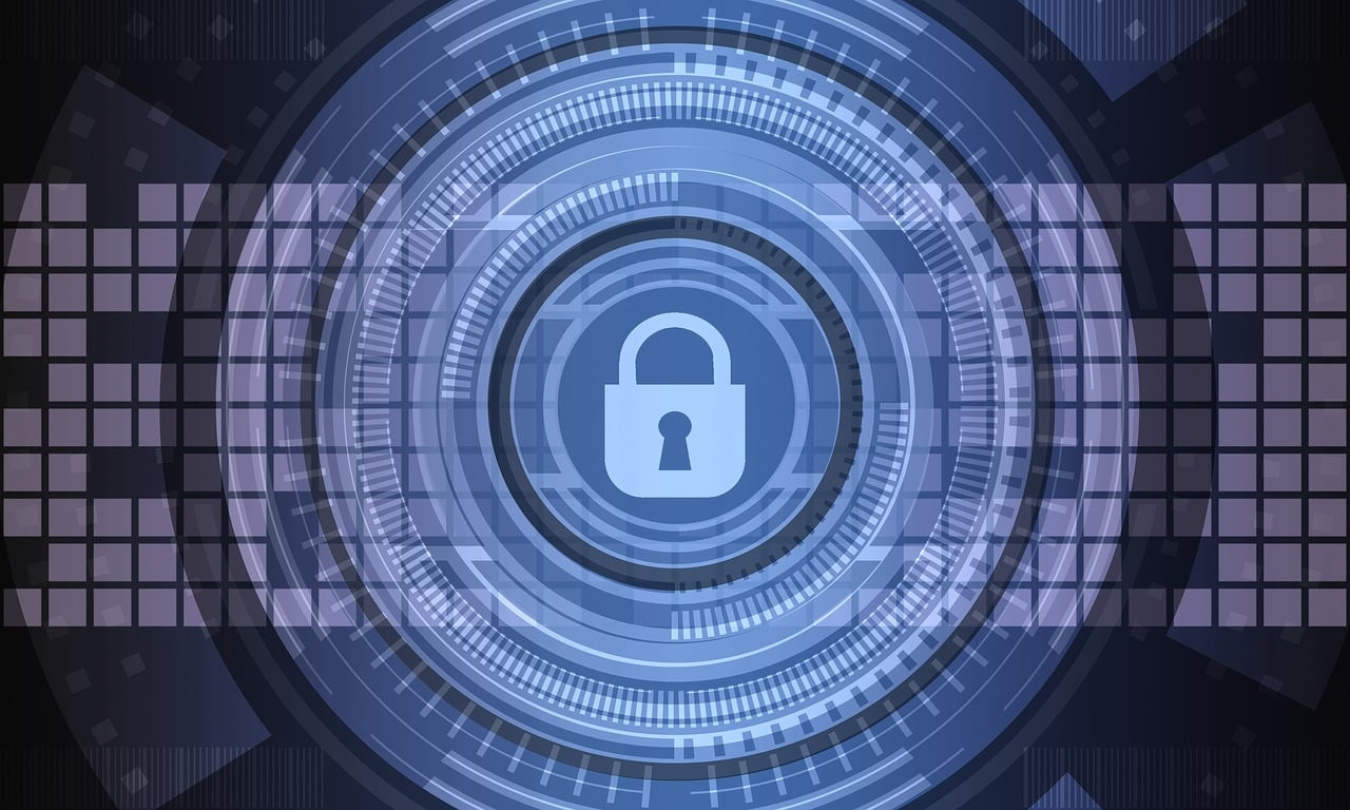The Office of Electricity’s (OE) Grid Controls and Communications Division manages research, development, and demonstration programs aimed at modernizing the Nation’s electricity delivery system including secure communications, controls, and protection systems. The Nation’s electric grid is a lifeline infrastructure, and the security of American’s lives are dependent on the safe and reliable delivery of electricity, but the future grid will be increasingly exposed to high-impact threats.
Our work accelerates adoption of end-to-end systems that protect and manage the grid; unlock new business models, policies, and regulatory frameworks; and coalesce the energy community around a common vision of the grid and its needs. Grid Controls and Communications programs are focused on advancing system modeling and planning, improving situational awareness and supporting grid operations, and developing technologies for secure operations of the power systems.
Major Programs

Grid Modeling
Supports building capacity and capability within the electric sector to analyze the electricity delivery system using data, advanced mathematical theory, and high-performance computing to assess the current state of the grid, mitigate reliability risks, and understand future needs. This program also supports the North American Energy Resilience Model (NAERM).

Grid Cybersecurity and Communications
Tackles the complex information security challenges associated with the evolving electric grid to ensure that the data essential for reliable, resilient grid operations are delivered accurately to the right place, at the right time, without interference. The R&D program focuses on communications and cybersecurity architectures, protocols, technologies and testing.

Grid Control and Data Science
This program develops technologies for improved real-time grid operations through advancing situational awareness, new control approaches, and optimized human-machine interfaces. Addresses utility digitization, transmission and distribution system coordination, and mitigation of risks to grid stability and reliability through advanced analytics, including artificial intelligence, and systems engineering tool development.

